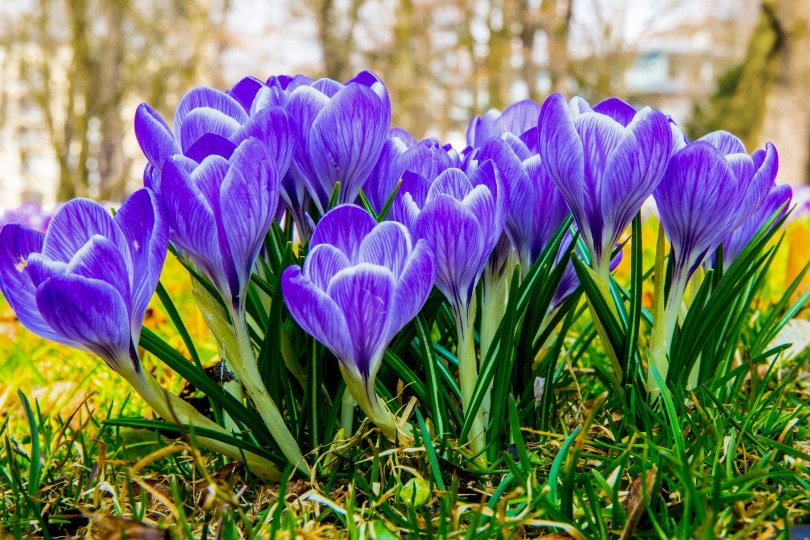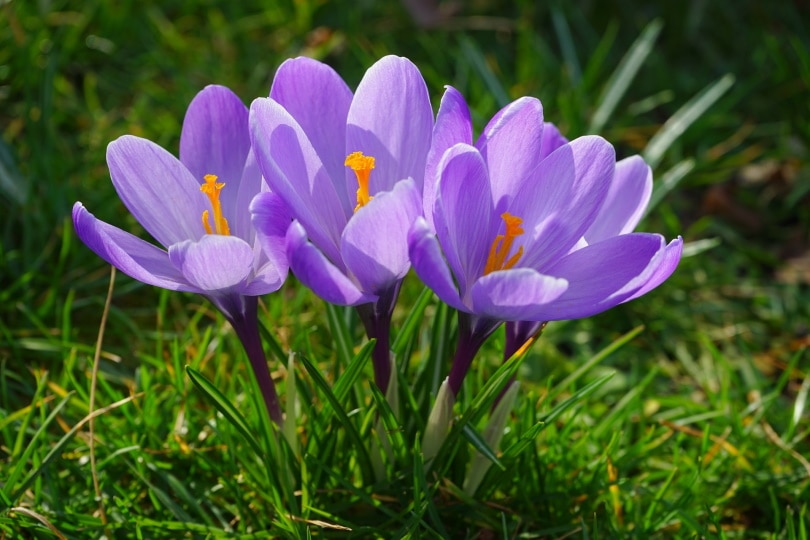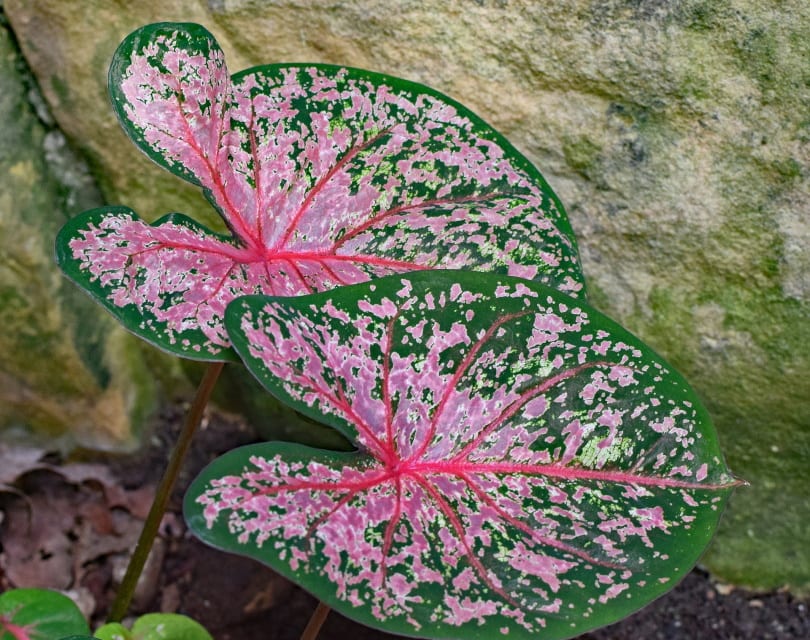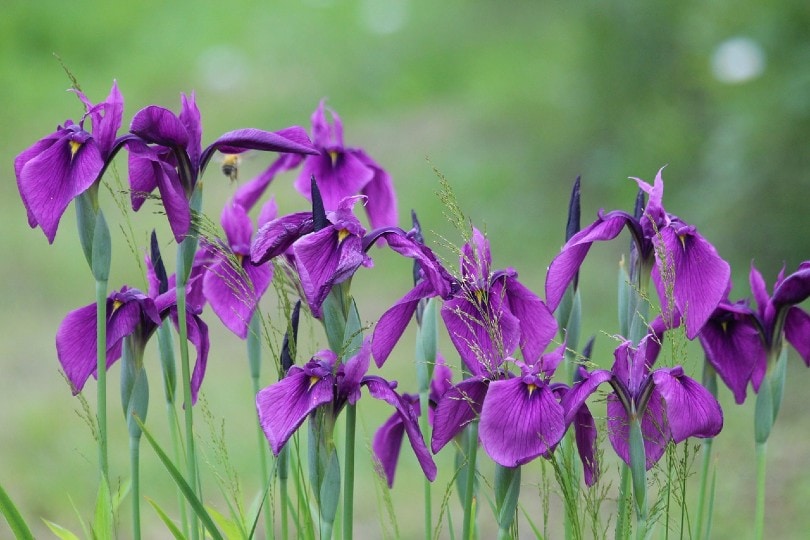5 Types of Flower Bulbs (with Pictures)
-
Pete Ortiz
- Last updated:

Seeds aren’t the only way for a flower to propagate and reproduce. Many flower species, some of which you’ll find in this article, use different types of bulbs as their starting, genetic material.
These bulbs are essentially firm, underground structures that carry a food supply to kickstart the growth of a plant, but they also carry genetic material. There are five types of flower bulbs, with a few subtypes, and you will be learning about each type in this article.
The 5 Types of Flower Bulbs
1. True Bulbs

True bulbs, also called Dutch bulbs, consist of lateral buds, the basal plate, fleshy scales, the shoot, and sometimes a tunic. We say “sometimes” is because the presence of the tunic defines whether the true bulb is tunicate or imbricate. Here are some details about the different subtypes of true bulbs:
- A tunicate bulb has the tunic, a form of outer ‘skin’. Its purpose is to protect the interior scales that store food, usually in the form of carbohydrates.
- The opposite of a tunicate bulb is the imbricate bulb. These bulbs don’t have the outer layer of tunic, which requires them to stay moist before they’re planted. If they’re allowed to, the scales will dry out, which will damage the bulb and damage your plant.
A tulip bulb is a good example of a tunicate bulb as it’s completely covered in a protective layer. The contrast to that, an imbricate bulb, would be the lily.
2. Corms

Corms are another type of flower bulb, but a more primitive type of bulb. In comparison to true bulbs, the main difference is that corms are solid inside. They’re essentially food containers in the form of large stems.
They only have a basal plate and a tunic to protect them, with a growing point. Crocuses, for example, grow from corms.
3. Tubers

Tubers are large stems with no basal plate. Instead, they have growth nodes that are sometimes also called the eyes of a tuber. They also don’t have a protective layer.
The tunic would only be in the way of the tuber, as the growth nodes usually spread around the entire bulb. Roots start developing from those nodes, and thus the flower grows. An example of a tuber plant caladiums.
Gardeners find this very useful as they can chop a single bulb and have several plants grow out of it. If there is at least one healthy eye, a plant will mature.
Tubers are excellent storages of food, as they contain enough nutrients to get the plant through the winter. Because of this, many plants that grow from tubers can make it through the winter.
4. Rhizomes

These underground stems are fairly simple to work with; they act as a container for plant nutrients and kickstart new plants’ growth. Something that sets them apart from other flower bulbs is how they grow. Instead of spreading vertically like most other bulb types, they spread horizontally. Some people call it the ‘creeping rootstalk’ because of this. This way, they can store more food and conserve space.
A rhizome will push the largest roots out of the soil to develop. Like tubers, they’re easy to take apart and start several plants from a single rhizome (if it’s large enough). Irises are a good example of a rhizome plant.
5. Tuberous Roots

The last type of bulb on our list, tuberous roots are different in structure to all the other bulbs because they don’t store food in the stems. Instead, they store food in the root.
They’re essentially an underdeveloped type of bulb, as their roots are very primitive and only developed the additional function of storing food. Dahlias are examples of flowers that have tuberous roots.
Final Thoughts: Types of Flower Bulbs
And there you have it – five types of flower bulbs that you can come across in any garden and an additional bulb-like structure that might come in handy. Bulbs are a natural way of collecting and retaining valuable energy and nutrients that’s necessary for a plant to grow.
They’re also the driving force behind some of the most popular flowers on Earth, including tulips, lilies, daffodils, and irises. Many flowers and vegetables also come from bulbs, like potatoes, onions, garlic, and bananas.
No matter which flower bulb you choose for your garden, we bet you will be pleased with the vibrant and lovely flowers that fill your outdoor space.
Featured Image Credit: Pixabay
Contents


